Shake test to investigate new bridge designs
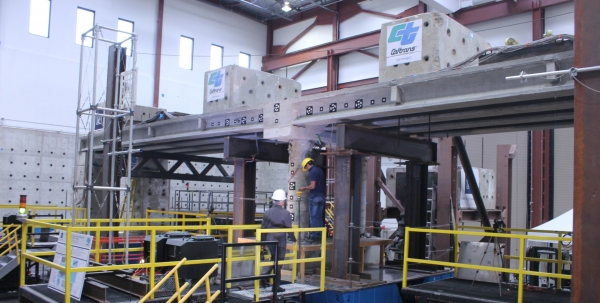
The bridge shake test is an experimental procedure that determines whether a bridge can withstand a severe earthquake.
Civil Engineering Professor in Nevada University ,Mehdi "Saiid" Saiidi, is collaborating with the California Department of Transportation (Caltrans) in a new project aiming to develop new -quick to construct- bridge designs capable of resisting immense earthquakes.
The procedure, known as accelerated bridge construction (ABC), focuses on developing resistant precast bridge components while implementing the research data on design regulations. The current project is a 70-foot-long bridge with 2 spans that utilizes 6 ABC connection types in a single system. "Many of the bridge parts were prefabricated in a factory in Northern California, and the columns are all built separately," Saiidi said. The constructions were tested by simulating strong earthquake motions using the bi-axial shake table system. Ground motions of the catastrophic 1994 Northridge, California, earthquake were used. The concept of the design is to find out whether these connections (that are developed by Saiidi and others) can withstand earthquake forces when combined together.
Jared Jones, a graduate researcher who works with Professor Saiidi on the design of the bridge, stated: "The bridge performed as expected. No collapse usually means it's successful. All of the components remained damage free. We overdesign the columns so they take damage. They're cheaper than the span."
Ahmad Itani, co-principal investigator and chair of the Civil and Environmental Engineering department said: "The research on Accelerated Bridge Construction has been gaining momentum in the last few years. This type of construction will be very crucial for the resilience of communities after extreme events such as earthquakes, floods and tsunamis. Research that improves the resilience and suitability of communities is one of the major thrust areas of the Civil and Environmental Engineering Department in fulfilling the University's mission as a land-grant institution."
Researchers are now very close on delivering more resilient bridge designs. Professor Saiidi has been a pioneer in these projects over his entire carrier. He has received funds in research projects from the National Science Foundation and he has also published more than 15 articles in scientific periodicals such as the International Journal of Bridge Engineering and the Journal of Engineering Structures.
Source: Unr.edu
Source: Unr.edu
Want to read more like this story?
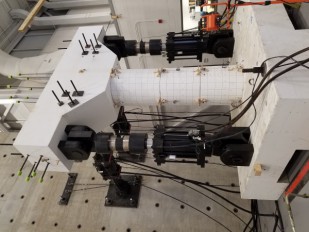
New bridge design offers high earthquake resistance at lower cost
Sep, 30, 2020 | NewsA new study focuses on the implementation of new bridge designs that could provide earthquake resist...
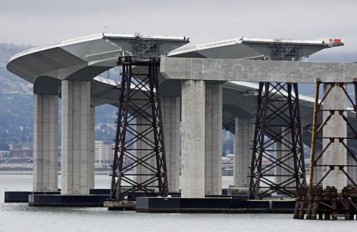
Bay Bridge: a troubled landmark is now complete
Feb, 03, 2015 | NewsThe most complex public works project in California history - the Bay Bridge's new eastern span - wi...

Bridges built to meet current Canadian safety codes are being 'overbuilt' while still prompt to taking high structural damage after a major earthquake
Mar, 08, 2017 | NewsResearchers at the University of British Columbia (Okanagan campus) examined a variety of bridge typ...
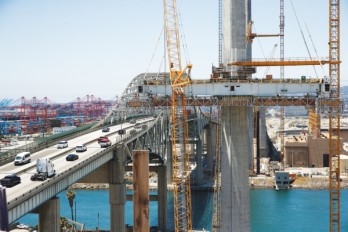
75 seismic sensors will be installed in California bridge
Sep, 11, 2018 | NewsMultiple sensors that will measure the forces imparted on the span during an earthquake will be inst...
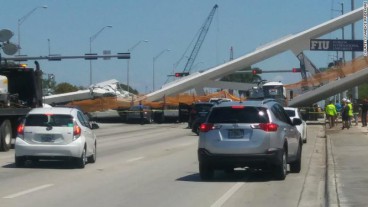
Florida pedestrian bridge collapses 5 days after its installation
Mar, 21, 2018 | NewsThe bridge, which was expected to open in January 2019, was being built using a method called a...
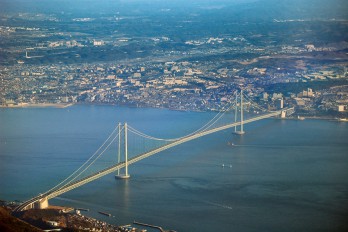
New design to make bridge spans longer
Sep, 27, 2018 | NewsLonger bridge spans will be achieved in the future by the utilization of new bridge forms. Longer b...
World's highest railway bridge to open in J&K
Mar, 29, 2023 | NewsWith the upcoming opening of the tallest railway bridge in the world crossing the Chenab River, Jam...

New research on more efficient bridges
Jun, 01, 2020 | NewsA new study reveals the high potential of reducing the materials used in suspension bridge construct...
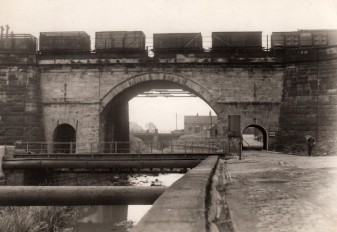
Iconic bridge in England receives repair works
Sep, 24, 2020 | NewsThe world's oldest operative railway bridge has recently undergone repair works. The fabled Skern...
Trending

Vertical gardens in Mexico City to combat pollution

Saudi Park Closed After 360 Big Pendulum Ride Crashes to Ground, 23 injured

Characteristics of Load Bearing Masonry Construction

Taipei 101’s impressive tuned mass damper

Dutch greenhouses have revolutionized modern farming

Federal court rules Biden’s offshore drilling ban unlawful


